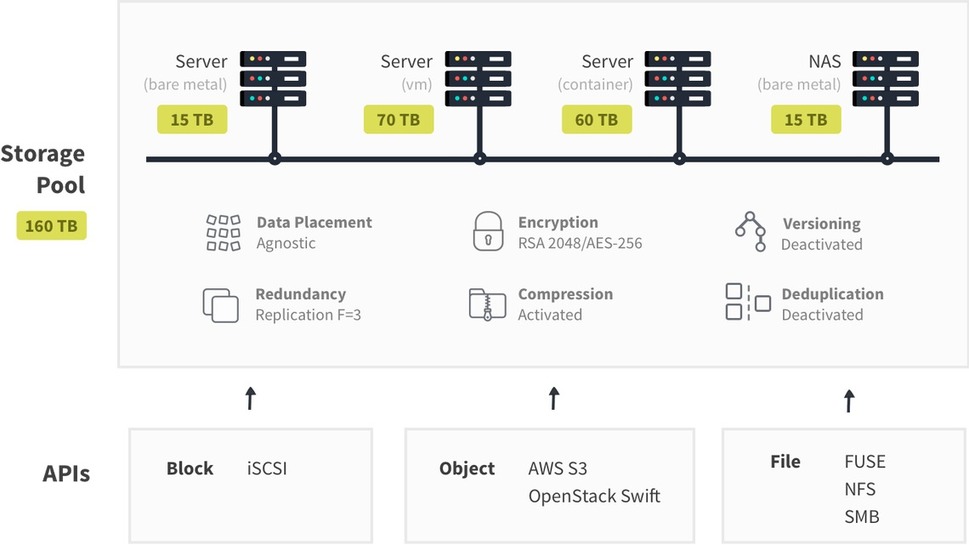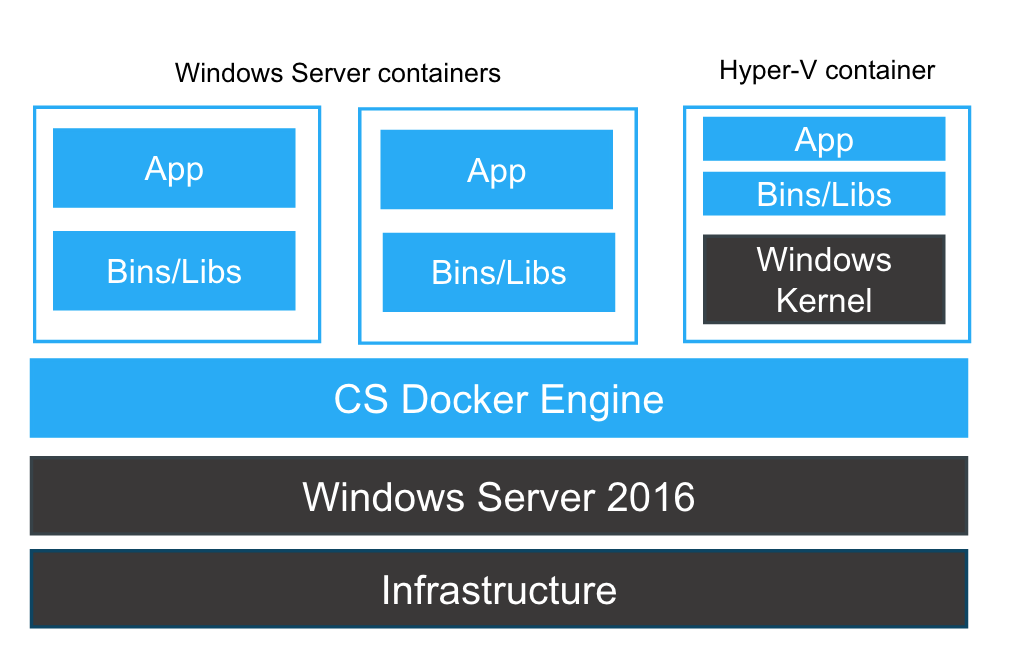Convince your manager to send you to DockerCon
Has it sunk in yet that DockerCon is in roughly 2 months? That’s right, this year we gather in April as a community and ecosystem in Austin, Texas for 3 days of deep learning and networking (with a side serving of Docker fun). DockerCon is the annual community and industry event for makers and operators of next generation distributed apps built with containers. If Docker is important to your daily workflow or your business, you and your team (reach out for group discounts) should attend this conference to stay up to date on the latest progress with the Docker platform and ecosystem.
Do you really want to go to DockerCon, but are having a hard time convincing your manager on pulling the trigger to send you? Have you already explained that sessions, training and hands-on exercises are definitely worth the financial investment and time away from your desk?
Well, fear not! We’ve put together a few more resources and reasons to help convince your manager that DockerCon 2017 on April 17-20, is an invaluable experience you need to attend.
Something for everyone
DockerCon is the best place to learn and share your experiences with the industry’s greatest minds and the guarantee to bring learnings back to your team. We will have plenty of learning materials and networking opportunities specific to our 3 main audiences:
1. Developers
From programming language specific workshops such as Docker for Java developers or modernizing monolithic ASP.NET applications with Docker, to sessions on building effective Docker images or using Docker for Mac, Docker for Windows and Docker Cloud, the DockerCon agenda will showcase plenty of hands-on content for developers.
2. IT Pros
The review committee is also making sure to include lots of learning materials for IT pros. Register now if you want to attend the orchestration and networking workshops as they will sold out soon. Here is the list of Ops centric topics, which will be covered in the breakout sessions: #container tracing, container and cluster monitoring, container orchestration, securing the software supply chain and the Docker for AWS and Docker for Azure editions.
3. Enterprise
Every DockerCon attendee will also have the opportunity to learn how Docker offers an integrated Container-as-a-Service platform for developers and IT operations to collaborate in the enterprise software supply chain. Companies with a lot of experience running Docker in production will go over their reference architecture and explain how they brought security, policy and controls to their application lifecycle without sacrificing any agility or application portability. Use case sessions will be heavy on technical detail and implementation advice.
Proof is in the numbers
According to surveyed DockerCon attendees, 91% would recommend investing in DockerCon again, not to mention DockerCon 2016 scored an improved NPS of 61.
DockerCon continues to grow due to high demand. DockerCon attendance has increased 900% since 2014 and +25% in the just the last year. We hope to continue to welcome more to DockerCon and the community each year while preserving the intimacy of the conference.
87% of surveyed attendees said the content and subject matter was relevant to their professional endeavours.
Take part in priceless learning opportunities
At the heart of DockerCon are amazing learning opportunities from not just the Docker team but the entire community. This year we will provide event more tools and resources to facilitate professional networking, learning and mentorship opportunities based on areas of expertise and interest. No matter your expertise level, DockerCon is the one place where you can not only learn and ask, but also teach and help. To us, this is what makes DockerCon unlike any other conference.
Leave motivated to create something amazing
The core theme of every DockerCon is to celebrate the makers within us all. Through the robust content and pure energy of the community, we are confident that you will leave DockerCon inspired to return to work to apply all of your new knowledge and best practices to your line of work. Don’t believe us? Just check out our closing session of 2016 that featured cool hacks created by community and Docker team members.
DockerCon Schedule
We have extended the conference this year to 3 days with instructor led workshops beginning on Monday afternoon. General sessions, breakout sessions and ecosystem expo will take place Tuesday – Wednesday. We’ve added the extra day to the conference to help your over crammed agendas with repeat top sessions, hands on labs and mini summits that will take place on Thursday, April 20.
Plan Your Trip
Sending an employee to a conference is an investment and can be a big expense. Below you will find a budget template to help you plan for your trip. Ready to send an email to your boss about DockerCon ? Here is the sample letter you can use as a starting point.
We invite you to join the community and us at DockerCon 2017, and we hope you find this packet of event information useful, including a helpful letter you can use to send to your manager to justify your trip and build a budget estimate. We are confident there’s something at DockerCon for everyone, so feel free to share within your company and networks.
Convince your manager to send you to @dockercon &8211; the 1st and largest container conferenceClick To Tweet
The post Convince your manager to send you to DockerCon appeared first on Docker Blog.
Quelle: https://blog.docker.com/feed/




